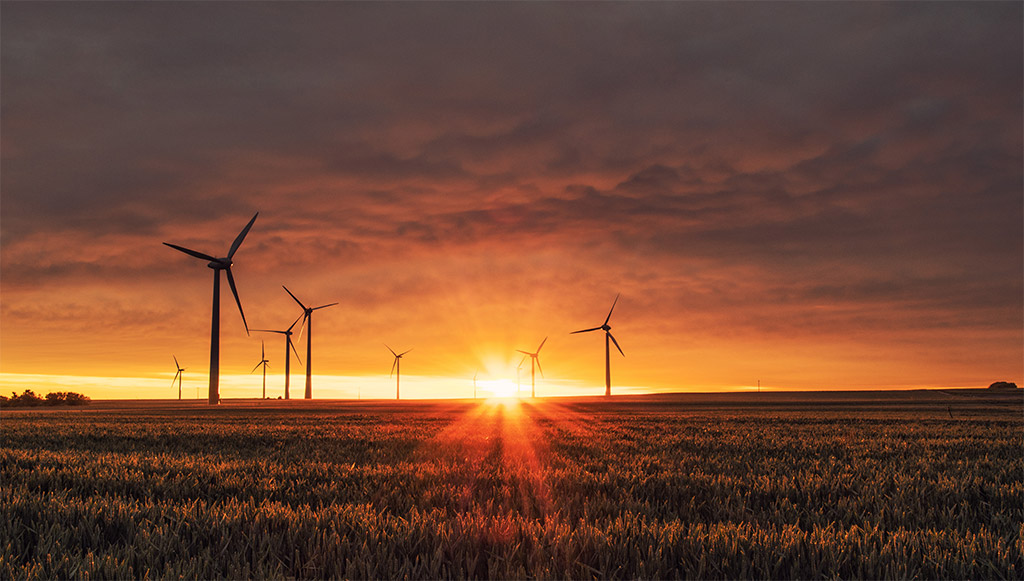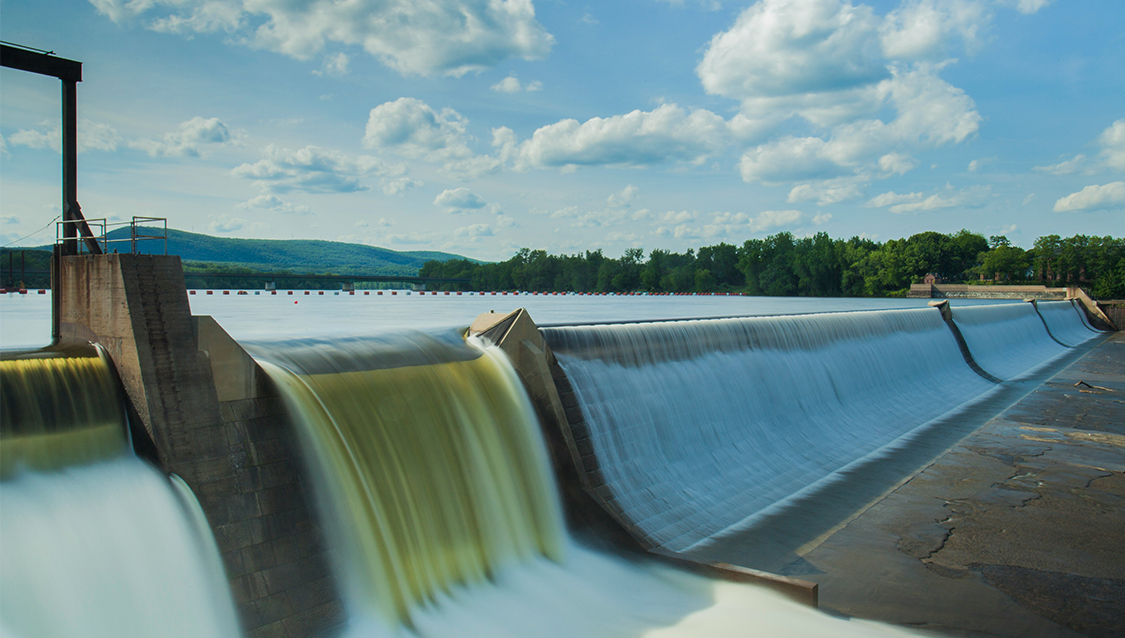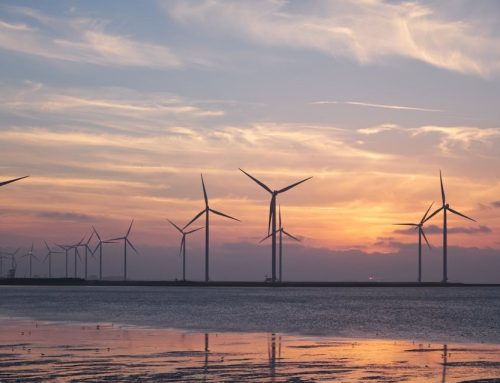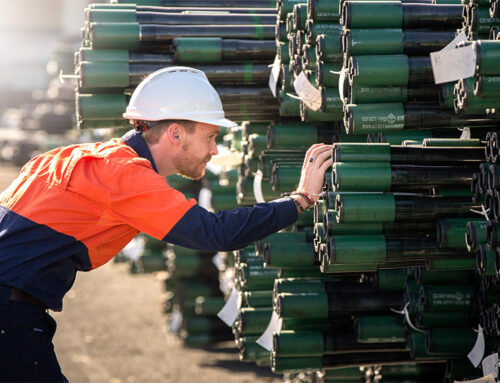
As the pressure to reach net zero by 2050 mounts, the utility of low-carbon energy applications and technologies is becoming more and more apparent for the Oil Country Tubular Goods (OCTG) industry.
At present, the main sources of low-carbon energy are wind, solar, hydro, geothermal and nuclear power. The first four rely on renewable inputs that are generated naturally, while nuclear power requires Uranium, which isn’t renewable but facilitates zero-emission energy production.
Though solar panels have become an accessible source of renewable energy, benefiting households and businesses alike, the utility of low-carbon energy applications and technologies in supporting the decarbonisation of the OCTG industry is still a developing area.This is a result of the scale and complexity of the industry’s operations. As such, we thought it would be worth examining the current industry landscape and seeing what the future may have in store.
What are low-carbon energy applications and technologies?
Designed to balance the imperatives of reducing greenhouse gas emissions and still meeting energy demands, low-carbon energy applications can be characterised by their use of renewable energy sources and/or emphasis on optimising the efficiency of energy usage. This efficiency is achieved through the use of advanced technologies, such as smart grids, that help minimise energy wastage.
Generally speaking, these applications promote and facilitate the generation of power in a more distributed manner. Returning to the example of solar energy, a home or business will usually obtain their solar power from their own panels via their own inverter – there is no need for all of these energy users to rely on a single solar power station. As such, applications like this tend to entail a higher degree of independence and resilience for the end-user.
There are also emerging technologies that enable the capture and storage of emissions. Rather than focusing on renewable energy sources, these technologies help to prevent the emissions generated by traditional energy sources from negatively impacting the environment, making them particularly useful in situations where the traditional energy source cannot easily be substituted for a low-carbon one.
Costs
For OCTG manufacturers, the costs associated with implementing particular low-carbon technologies may still be prohibitive in nature. For example, exploration of the viability of carbon-capture projects at steel plants is currently ongoing, but is still at the pilot stage and is unlikely to be ready for large-scale rollout until there is substantial investment in reducing the cost of the technology.
On the other hand, the commonly used integrated blast furnace–basic oxygen furnace (BF-BOF) process has many optimisations that can be applied to increase efficiency, which are available now and at competitive costs.
Challenges
Expenditure aside, other challenges that arise from reliance upon renewable energy mainly centre around the intermittency of the energy sources. This is because relying on natural phenomena to generate electricity can sometimes have unpredictable results. At the same time, grid integration issues, insufficient storage capacity, and the need for infrastructure developments to accommodate the new energy infrastructure can pose their own difficulties for OCTG manufacturers.
Ultimately, overcoming these challenges will require a coordinated approach that prioritises innovation, constructive policy support, and collaboration on a global scale.
Availability
The global expansion of low-carbon energy technologies has not occurred evenly, with the ability to access and produce these technologies varying from region to region. Developed countries experience fewer obstacles when it comes to manufacturing and deploying low-carbon energy sources.
In contrast, developing countries are more likely to be hindered by economic constraints, making it harder to invest in the necessary infrastructure. A global effort to democratise access to these technologies will be necessary to ensure large-scale adoption.
Key Takeaways
The future of low-carbon energy applications and technologies holds immense promise in addressing the urgent demand for sustainable and clean energy solutions, particularly for the OCTG industry. Through the embrace of renewable energy sources, promotion of energy efficiency, and overcoming of challenges through innovation, the path to reaching net zero becomes more clearly defined.
To ensure this progress continues and that universal adoption is feasible, continued investment in low-carbon energy is required. This will help make the production of these energy sources scalable, enabling both countries and businesses to overcome the financial constraints that may currently restrict their access to cutting-edge low-carbon applications and technologies.
Another way and an option right now to contribute to the decarbonisation effort is participation in the circular economy. Sell your excess tubulars on Pipesales today or explore the range of ready-made products to help your project meet its just-in-time supply needs.





